How To Install Keyless Front Door Lock?
Installing a keyless front door lock can significantly enhance the security and convenience of your home. With advancements in technology, keyless locks have become more accessible and easier to install, even for those who may not consider themselves particularly handy. This article will guide you through the process of installing a keyless front door lock, addressing common concerns and providing practical tips to ensure a smooth installation.
Understanding Keyless Front Door Locks
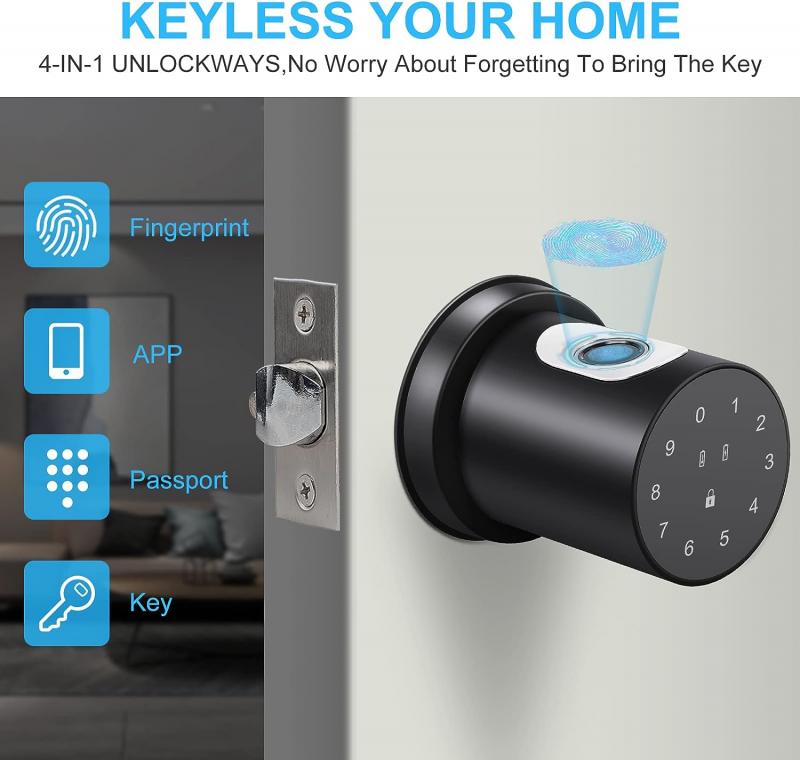
Before diving into the installation process, it’s important to understand what a keyless front door lock is and the benefits it offers. Keyless locks, also known as electronic or smart locks, allow you to unlock your door without using a traditional key. Instead, they use methods such as keypads, fingerprint recognition, or smartphone apps. The benefits of keyless locks include:
1. Enhanced Security: Keyless locks often come with advanced security features that make them more difficult to tamper with compared to traditional locks.
2. Convenience: No more fumbling for keys. You can unlock your door with a simple code or even remotely via a smartphone app.
3. Access Control: Easily manage who has access to your home by providing temporary codes to guests or service providers.
4. Integration with Smart Home Systems: Many keyless locks can be integrated with other smart home devices, allowing for seamless automation and control.
Tools and Materials Needed
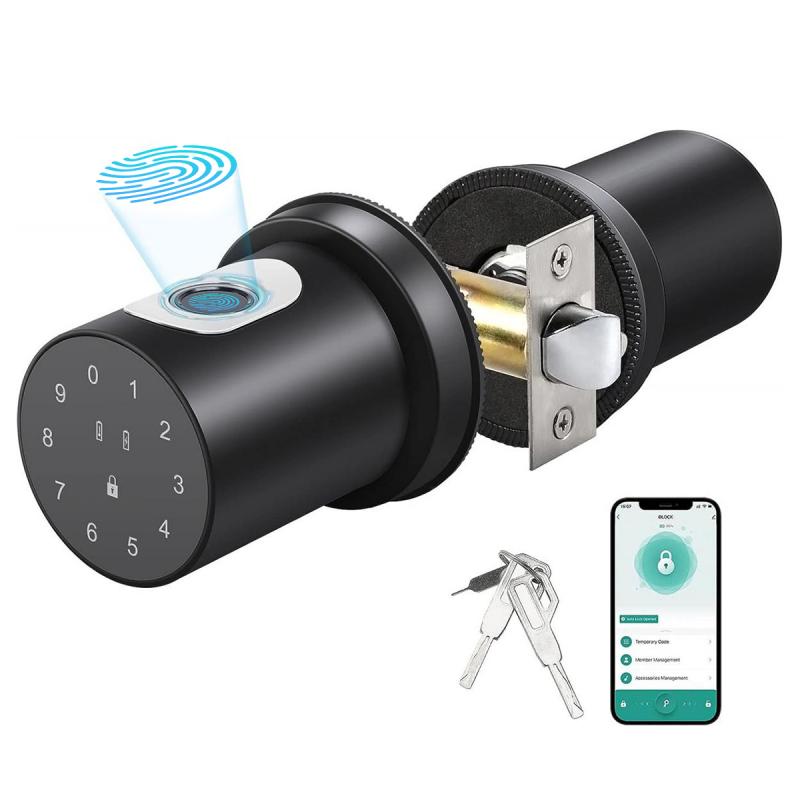
To install a keyless front door lock, you will need the following tools and materials:
- The keyless lock kit (including the lock, mounting hardware, and instructions)
- Screwdriver (Phillips and flathead)
- Drill and drill bits
- Tape measure
- Pencil
- Chisel (if necessary)
- Level
- Safety glasses
Step-by-Step Installation Guide
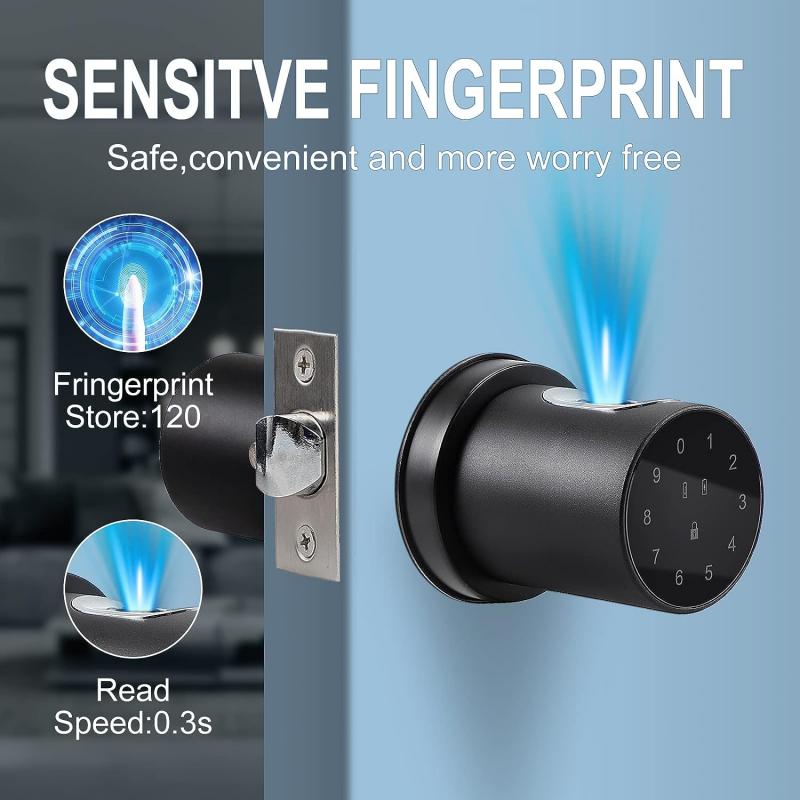
1. Remove the Existing Lock
Start by removing the existing lock from your door. Use a screwdriver to unscrew the screws holding the lock in place. Carefully remove the lock and set it aside. If your new keyless lock requires a different size or shape of the hole, you may need to make adjustments to the door.
2. Prepare the Door
Measure the dimensions of the new lock and compare them to the existing holes in your door. If the holes do not match, you may need to drill new ones. Follow the template provided with your keyless lock kit to mark the correct positions for the holes. Use a drill to create the necessary holes, and a chisel to adjust the mortise if needed.
3. Install the Deadbolt
Insert the deadbolt mechanism into the hole on the edge of the door. Ensure that the bolt is retracted and that the mechanism is aligned properly. Secure the deadbolt with the screws provided in the kit. Make sure the deadbolt moves smoothly when you turn the thumb turn or use the key (if your lock has a key option).
4. Attach the Keypad or Exterior Assembly
Next, attach the exterior part of the lock, which typically includes the keypad or fingerprint scanner. Feed any necessary cables through the hole in the door. Align the exterior assembly with the deadbolt mechanism and secure it with screws. Ensure that the keypad is level and properly aligned.
5. Install the Interior Assembly
On the inside of the door, attach the interior assembly, which usually includes the battery compartment and thumb turn. Connect any cables from the exterior assembly to the interior assembly as per the instructions. Secure the interior assembly with screws, making sure it is aligned with the exterior assembly.
6. Install the Strike Plate
The strike plate is the metal plate that attaches to the door frame and catches the deadbolt. Remove the existing strike plate and replace it with the one provided in your keyless lock kit. Use a chisel to adjust the mortise if necessary. Secure the strike plate with screws, ensuring it is aligned with the deadbolt.
7. Test the Lock
Before finalizing the installation, test the lock to ensure it operates correctly. Enter the default code or use the fingerprint scanner to unlock the door. Check that the deadbolt extends and retracts smoothly. If the lock includes a smartphone app, follow the instructions to pair the lock with your phone and test the remote functionality.
8. Program the Lock
Once you’ve confirmed that the lock is working properly, it’s time to program it. Change the default access code to a unique code that you will remember. If your lock supports multiple codes, program additional codes for family members or guests. Refer to the user manual for specific programming instructions.
Troubleshooting Common Issues
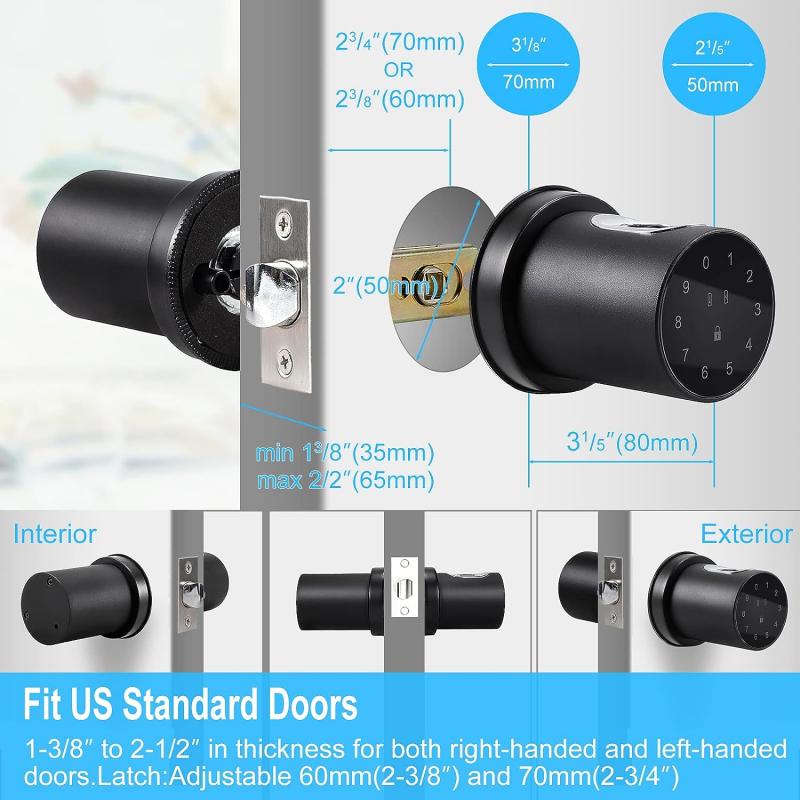
Even with careful installation, you may encounter some issues. Here are common problems and their solutions:
- Deadbolt Doesn’t Align with Strike Plate: Ensure the strike plate is properly aligned with the deadbolt. You may need to adjust the position of the strike plate or the door itself.
- Keypad or Fingerprint Scanner Not Responding: Check the batteries and ensure they are installed correctly. If the problem persists, refer to the troubleshooting section of the user manual.
- Lock Not Pairing with Smartphone: Ensure your phone’s Bluetooth or Wi-Fi is enabled and that you are following the pairing instructions correctly. Restart the lock and your phone if necessary.
Maintenance Tips
To keep your keyless lock functioning optimally, follow these maintenance tips:
- Regularly Replace Batteries: Most keyless locks will alert you when the batteries are low. Replace them promptly to avoid being locked out.
- Keep the Lock Clean: Wipe the keypad or fingerprint scanner with a soft, dry cloth to remove dirt and grime.
- Update Firmware: If your lock has firmware updates, install them to ensure you have the latest security features and improvements.
Installing a keyless front door lock is a straightforward process that can greatly enhance the security and convenience of your home. By following the steps outlined in this guide, you can successfully install your new lock and enjoy the benefits it offers. Remember to carefully read the instructions provided with your lock and take your time to ensure a proper installation. With a little effort, you’ll have a modern, secure, and convenient entry system for your home.



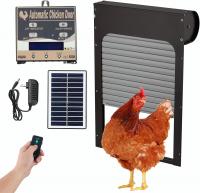
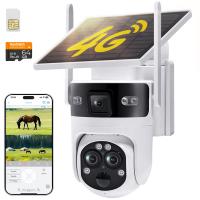
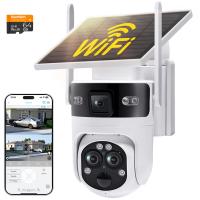
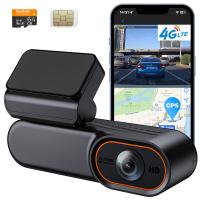
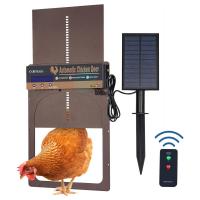
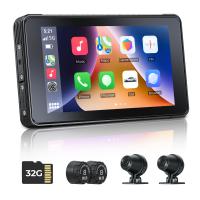

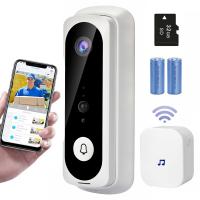


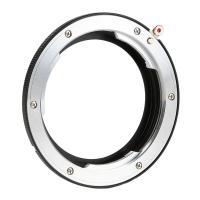


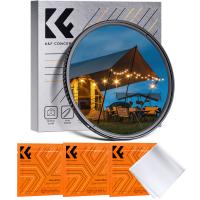
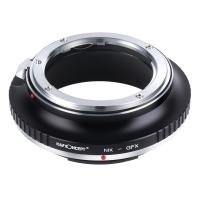
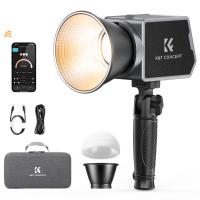



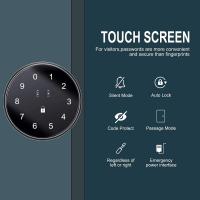


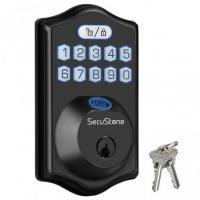


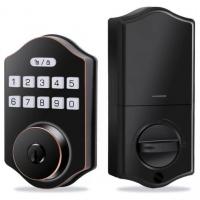






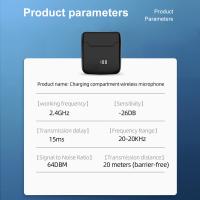
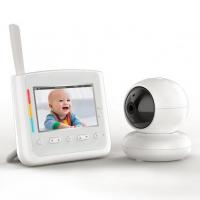
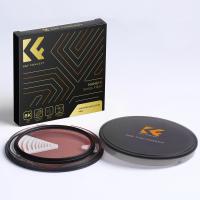

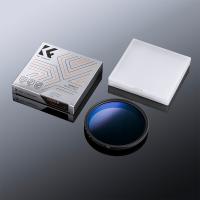
There are no comments for this blog.